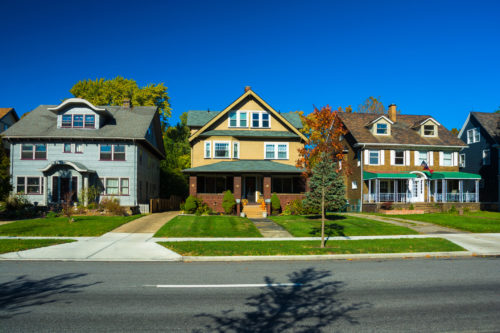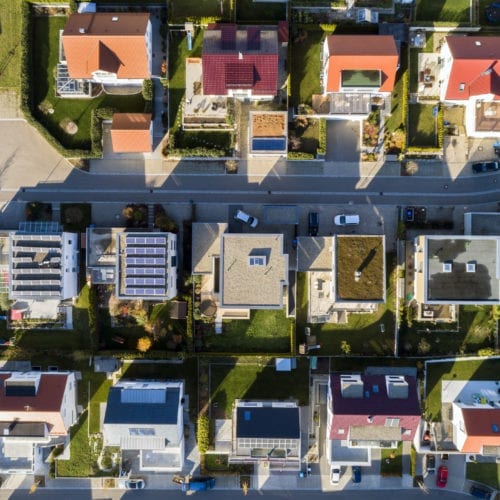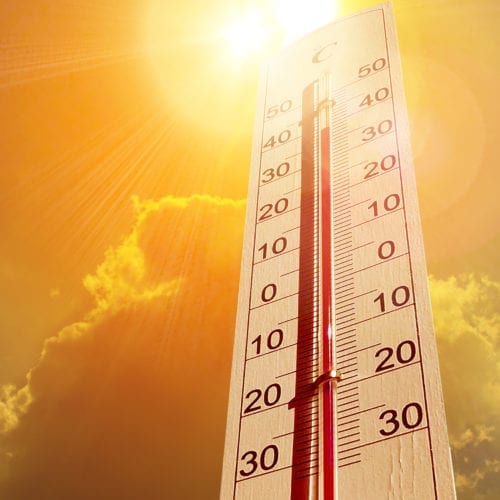
Residential Buildings

Making Our Existing Buildings Zero Carbon: A Three-Pronged Approach
To keep average global temperature rise to less than 1.5°C—which the IPCC states is necessary to avoid climate catastrophe—we need to fix our buildings. They are the largest end-users of energy, producing nearly 40 percent of US carbon emissions. Today, only a small fraction of our buildings do not produce…

Equity and Climate: A Solution for Home Rentals
Lack of affordable housing and energy burdens plague many people and communities. Cities throughout the United States are looking for solutions to create greater equity. Many of these cities are part of the over 3,600 US cities, states, and businesses that have pledged support for the goals established in the…

How Cities Can Improve Homes
The way we use energy makes a big difference in our lives in how safe, comfortable, and productive we are. In addition to impacting our individual lives, energy use in homes makes up a large part of energy use in the United States. The residential sector accounts for 20…

How Many Hours-of-Safety Do Our Homes Have in Extreme Weather?
How many people in your community are at risk during extreme weather events? The heat waves wracking the nation right now can cause heat exhaustion, heatstroke, dehydration, and even death. Last year over 90 people died in Quebec (over 50 in Montreal) due to a heat wave. And during…

Cities Hold the Keys to Greener, More Efficient Homes
Our homes may be a source of safety, comfort, and stability—but they also represent a considerable slice of our country’s carbon emissions (19 percent, according to the latest estimate from the US Energy Information Administration). Addressing this piece of our energy system is essential to achieving our climate goals. Perhaps…